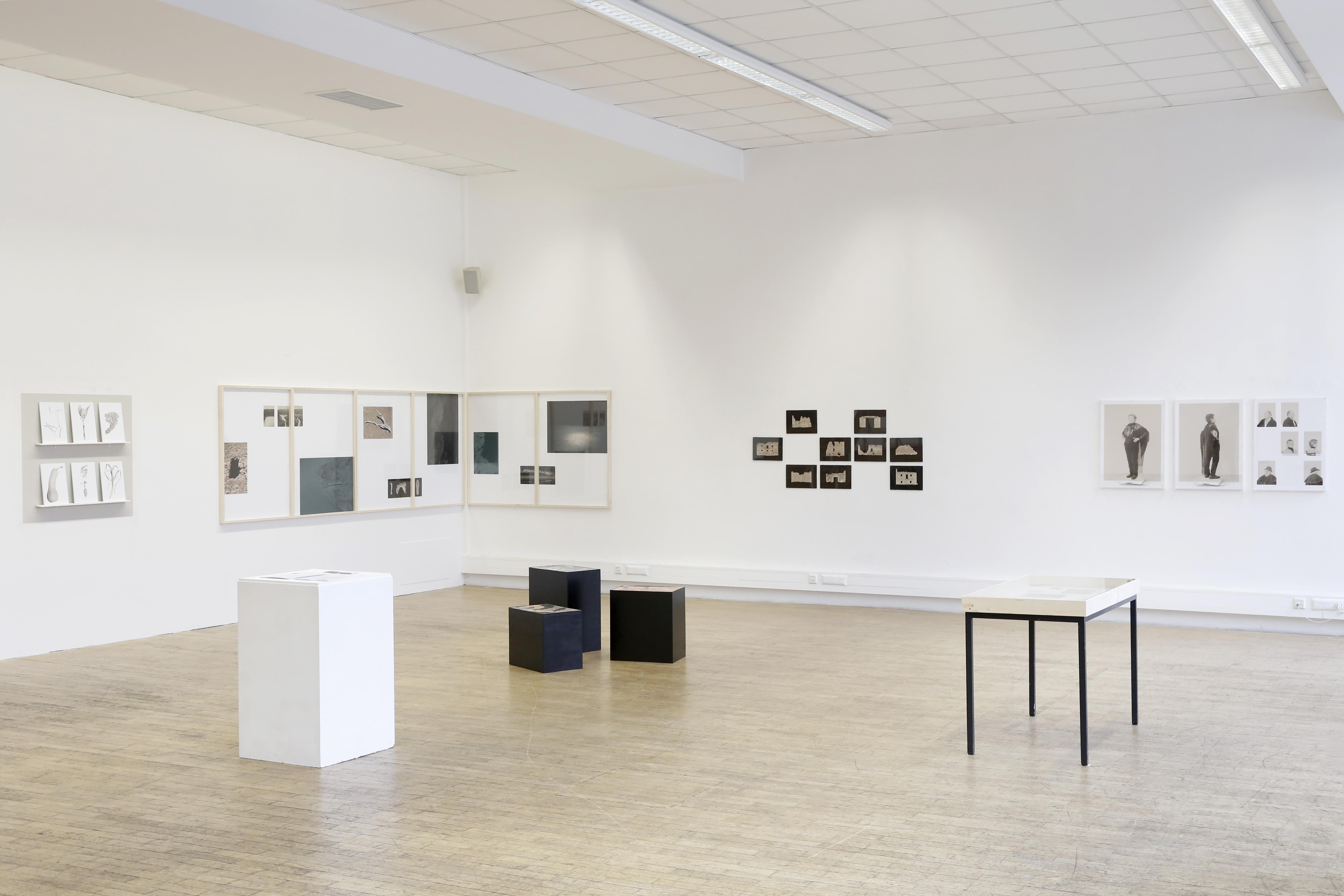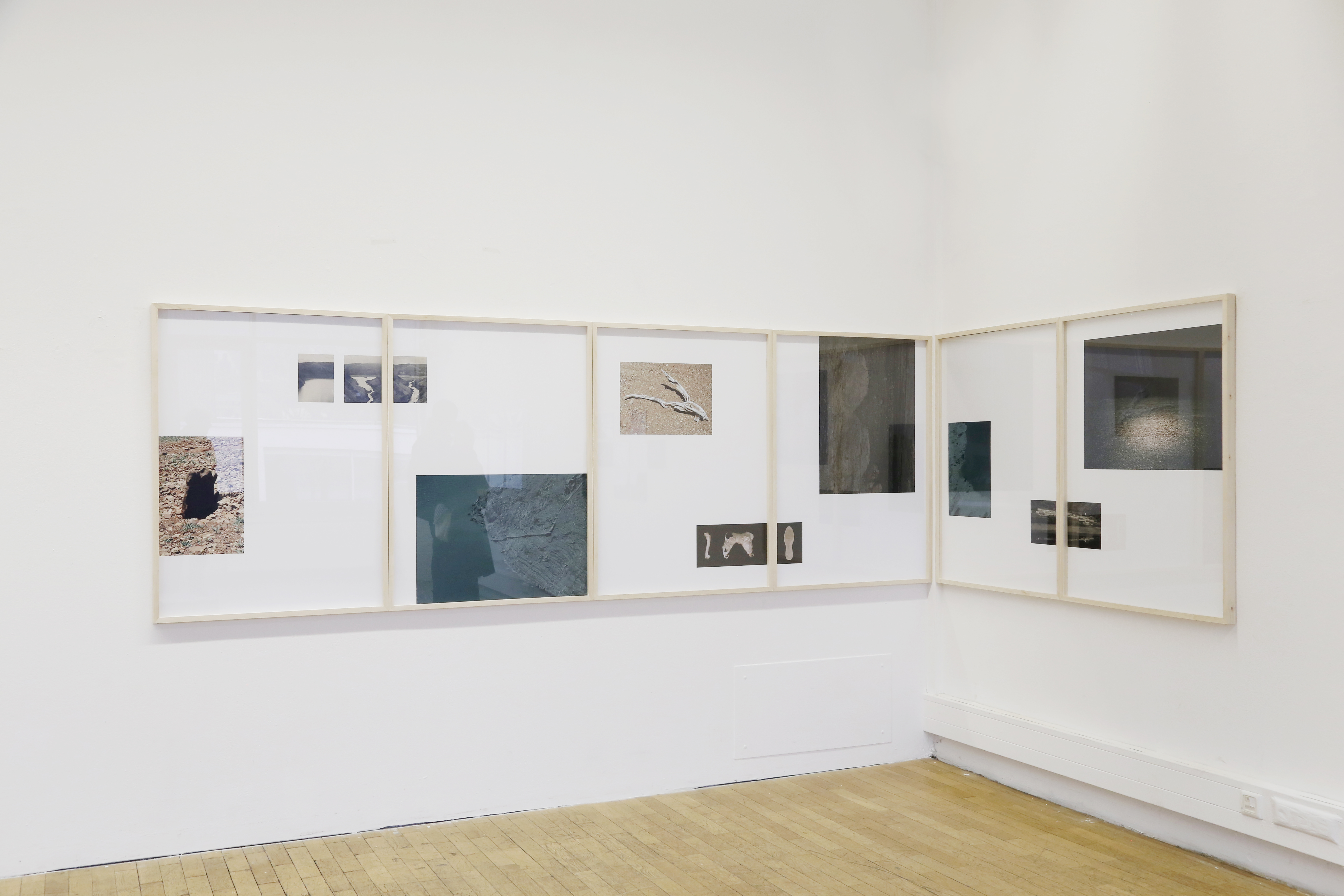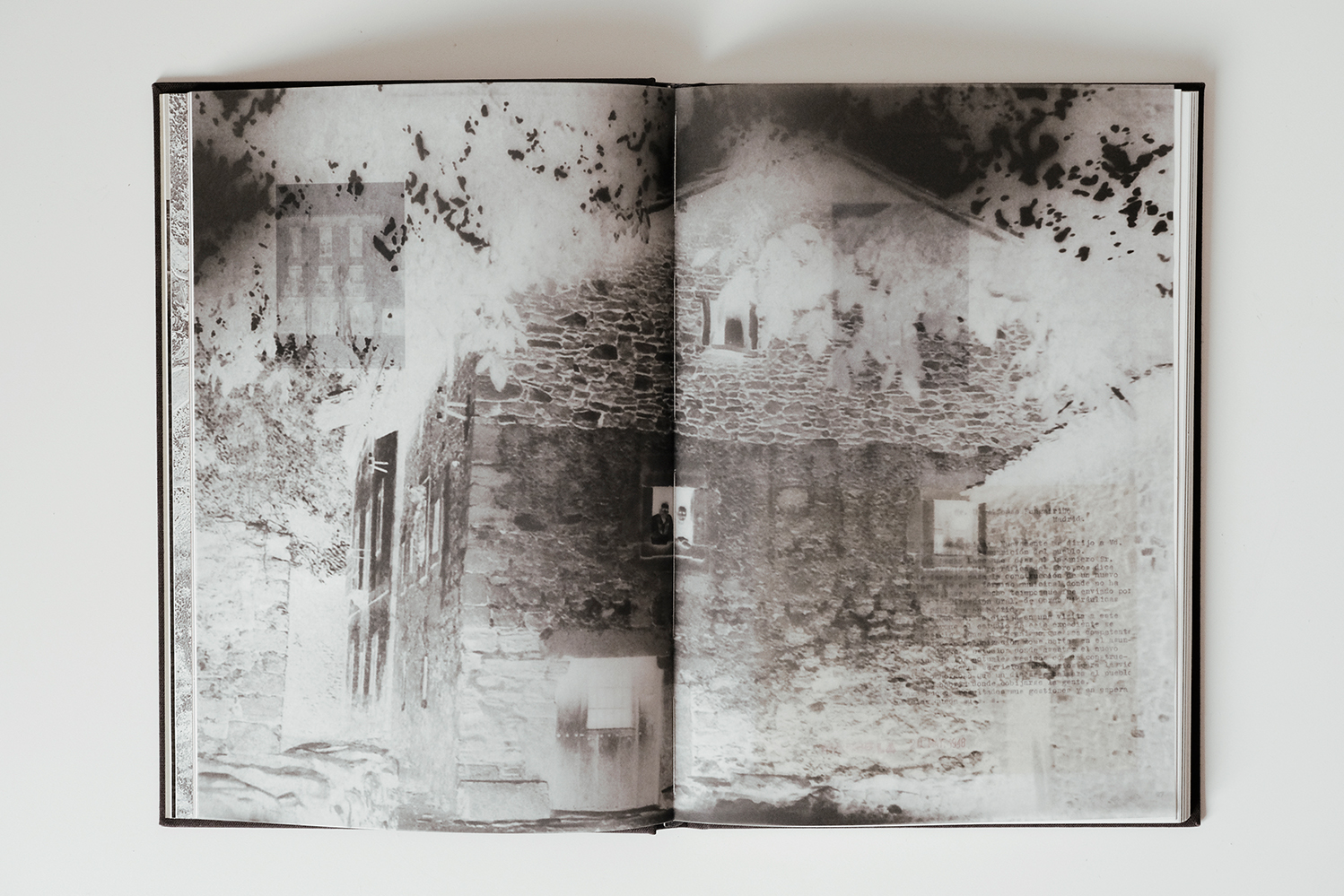archaia















“Archaia” (from the Greek “Ta Archaia”, meaning “the ancient/old; the archives”) is
photographic essay where I deal with the phenomenon of "disappearing", using aspects such as collective memory, the role of photography as evidence in archeology and its power to make things remain, even if only in a visual way.
During the 1960s, under Franco's dictatorship, numerous water reservoirs were created in Spain to store water, combat drought, and generate electricity. One of these reservoirs was constructed over Mansilla de la Sierra, the village where my grandparents lived, resulting in its complete flooding.
In the case of Mansilla, residents were forced to relocate to a new village adjacent to the water reservoir, leaving behind their houses, and in some instances, without compensation. From the new settlement, the water of the reservoir is always visible, and during autumn, the receding water levels reveal the ruins of the old village, reminiscent of ghosts.
The inception of my project stemmed from reflecting on how this traumatic intergenerational event affected my grandparents and their contemporaries, while grappling with the persistent visual reminder that these ruins and the water hold.
Through my exploration of how other similar traumatic events have been explored in art, particularly in photography, I came across the concept of 'Post-Memory' coined by Marianne Hirsch. Hirsch makes a distinction between people who have suffered traumatic events (first generation) and are directly related to the people (or things) represented; and those that have no direct relationship with the facts (third generation), but who have knowledge of it only through narratives. Thus, according to Hirsch, a falsification of the narrative arises because the connection with an object or a source is not mediated by memory, but by an imaginative inversion and creation.
Therefore, I decided, instead of working as a photographer, to work as an archaeologist. I went there several times over the course of 4 years and assembled everything I could from the different stages of the reservoir (full or empty), also making comparisons of them in different seasons.
The result is a fictitious archaeological archive in which I compile photographs, documents, negatives, and objects in an attempt to preserve the existence of this place and what is still left, as it will all disappear at some point, its disappearance being accelerated through climate change.
photographic essay where I deal with the phenomenon of "disappearing", using aspects such as collective memory, the role of photography as evidence in archeology and its power to make things remain, even if only in a visual way.
During the 1960s, under Franco's dictatorship, numerous water reservoirs were created in Spain to store water, combat drought, and generate electricity. One of these reservoirs was constructed over Mansilla de la Sierra, the village where my grandparents lived, resulting in its complete flooding.
In the case of Mansilla, residents were forced to relocate to a new village adjacent to the water reservoir, leaving behind their houses, and in some instances, without compensation. From the new settlement, the water of the reservoir is always visible, and during autumn, the receding water levels reveal the ruins of the old village, reminiscent of ghosts.
The inception of my project stemmed from reflecting on how this traumatic intergenerational event affected my grandparents and their contemporaries, while grappling with the persistent visual reminder that these ruins and the water hold.
Through my exploration of how other similar traumatic events have been explored in art, particularly in photography, I came across the concept of 'Post-Memory' coined by Marianne Hirsch. Hirsch makes a distinction between people who have suffered traumatic events (first generation) and are directly related to the people (or things) represented; and those that have no direct relationship with the facts (third generation), but who have knowledge of it only through narratives. Thus, according to Hirsch, a falsification of the narrative arises because the connection with an object or a source is not mediated by memory, but by an imaginative inversion and creation.
Therefore, I decided, instead of working as a photographer, to work as an archaeologist. I went there several times over the course of 4 years and assembled everything I could from the different stages of the reservoir (full or empty), also making comparisons of them in different seasons.
The result is a fictitious archaeological archive in which I compile photographs, documents, negatives, and objects in an attempt to preserve the existence of this place and what is still left, as it will all disappear at some point, its disappearance being accelerated through climate change.
Exhibition details:
- 15 pigment prints in 21x30cm behind glass, mounted
- 3 pigment prints in 50x70cm in plexiglass frame, mounted
- 6 pigment prints in 80x115 in maple frame, mounted
- 3 pigment prints in 30x42cm, mounted, floor display
- 1 display table with archival negatives & documents
- 1 photobook
![]()
![]()
![]()
![]()
![]()
![]()
- 15 pigment prints in 21x30cm behind glass, mounted
- 3 pigment prints in 50x70cm in plexiglass frame, mounted
- 6 pigment prints in 80x115 in maple frame, mounted
- 3 pigment prints in 30x42cm, mounted, floor display
- 1 display table with archival negatives & documents
- 1 photobook






'With her work "Archaia" Verónica Losantos questions the possibilities of the medium of photography to create documentary evidence of historical events. The location of her investigations is clearly defined. It is about the history of a village in northern Spain that was flooded and rebuilt elsewhere. By compiling image and text material from different sources, combining her own photographs and photographs from archives, the artist develops a kind of fictional science. Beyond the information content of the images, the visual interaction creates a complex network of associative references that goes far beyond the idea of creating a neutral document. Losantos rather creates a subjective construction of memory and research that awakens the viewer's interest in the subject matter dealt with and at the same time leaves room for individual interpretations.'
ARCHAIA, the book dummy:
Dimensions: 18x24cm
Nr. of pages: 150
Paper: Pergraphica 100gr & tracing paper 80gr.
Binding: Thread stitched binding
Material: Matt black Hardcover
Finishing: blind embossing for title and author name
Other: contains 3 fold-out pages and an appendix with the translation of the documents into English.
This book is a dummy and has not been published yet. If you would like to support me & make its publication possible send me an email!
Dimensions: 18x24cm
Nr. of pages: 150
Paper: Pergraphica 100gr & tracing paper 80gr.
Binding: Thread stitched binding
Material: Matt black Hardcover
Finishing: blind embossing for title and author name
Other: contains 3 fold-out pages and an appendix with the translation of the documents into English.
This book is a dummy and has not been published yet. If you would like to support me & make its publication possible send me an email!



